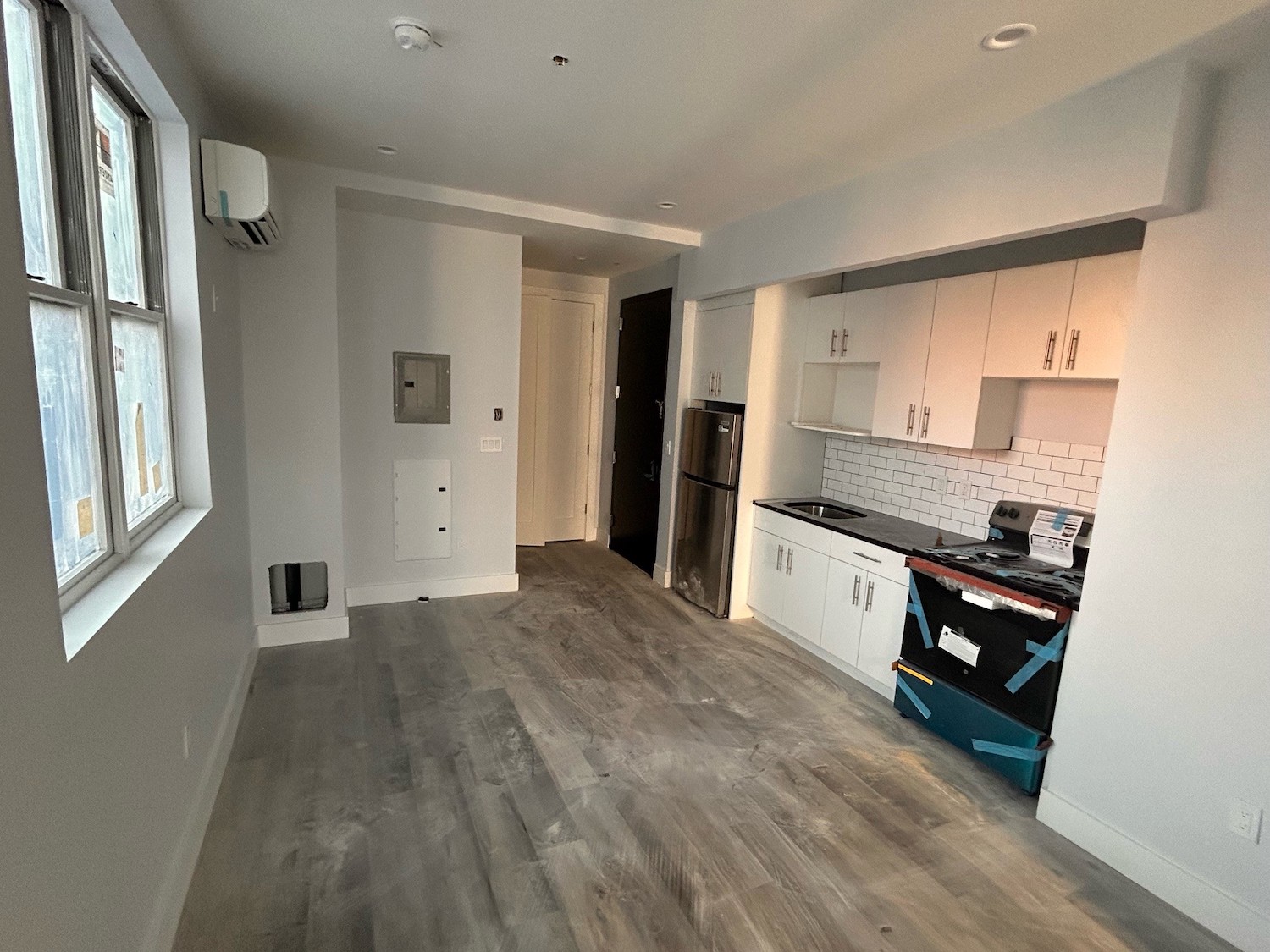Consumers Across the Country Were Left Without Service for HoursAG James to Investigate Causes and AT&T’s ResponseNew York Attorney General Letitia James announced that she is investigating a recent cell service outage on the AT&T network that affected consumers in New York and nationwide. On Thursday, February 22, AT&T customers were unable to place calls, send text messages, or access the internet for up to 12 hours, leaving many unable to contact loved ones, conduct business, or access emergency services. The Office of the Attorney General (OAG) will be investigating the causes of and AT&T’s response to the service disruption, and is encouraging all affected New Yorkers to file complaints.
“Americans rely on cell service providers for consistent and reliable service to help them with nearly every aspect of their daily lives,” said Attorney General James. “Nationwide outages are not just an inconvenience, they can be dangerous, and it’s critical that we protect consumers when an outage occurs. I encourage any New Yorker who was affected by this disruption to file a complaint with my office.”
New Yorkers affected by the recent AT&T outage can file a complaint online with OAG.
New York Attorney General Letitia James announced that she is investigating a recent cell service outage on the AT&T network that affected consumers in New York and nationwide. On Thursday, February 22, AT&T customers were unable to place calls, send text messages, or access the internet for up to 12 hours, leaving many unable to contact loved ones, conduct business, or access emergency services. The Office of the Attorney General (OAG) will be investigating the causes of and AT&T’s response to the service disruption, and is encouraging all affected New Yorkers to file complaints.
“Americans rely on cell service providers for consistent and reliable service to help them with nearly every aspect of their daily lives,” said Attorney General James. “Nationwide outages are not just an inconvenience, they can be dangerous, and it’s critical that we protect consumers when an outage occurs. I encourage any New Yorker who was affected by this disruption to file a complaint with my office.”
New Yorkers affected by the recent AT&T outage can file a complaint online with OAG.



